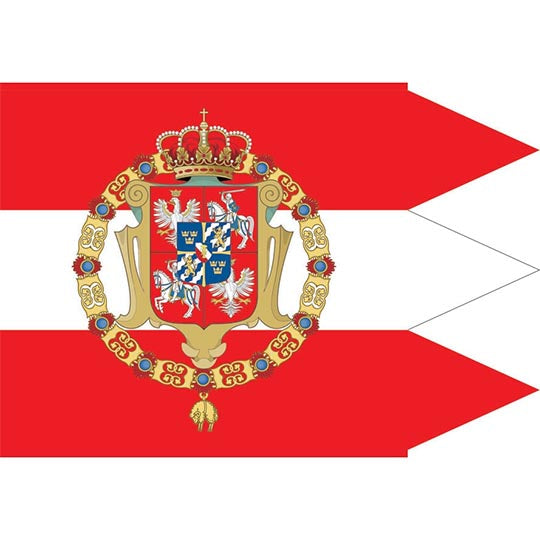
Tobacco in Poland
Share
Nasal snuff was a popular form of tobacco consumption in the Polish-Lithuanian Commonwealth, which existed from the late 16th century until the late 18th century. The use of snuff was introduced to Poland by the French ambassador in the early 17th century, and it quickly became popular among the Polish aristocracy. The custom of using snuff was also adopted by the Lithuanian nobility, and by the late 17th century, it had spread throughout the Commonwealth.
Snuff was often seen as a symbol of high status and was used as a form of social currency in the Commonwealth. It was often exchanged as gifts between nobles and was a common feature of courtly etiquette. Snuffboxes, which were often made of gold or silver and adorned with precious stones, were popular accessories among the nobility.

The Polish-Lithuanian Commonwealth became a major center for the production of nasal snuff, and by the 18th century, there were over 100 snuff factories in the country. The most famous of these was the Huty Kamieńskie factory, which was located near Warsaw and was owned by the Polish nobleman Jan Dekert.
The popularity of nasal snuff declined in the late 18th and early 19th centuries, as other forms of tobacco consumption, such as smoking and chewing, became more widespread. The tradition of using snuff persisted in some parts of Europe and has experienced a resurgence in recent years as a result of its association with elegance and refinement.
Tobacco is grown in several regions of Poland, primarily in the south-eastern part of the country. The largest tobacco-growing area is located in the Lublin Voivodeship, which is known for its high-quality tobacco. Other important tobacco-growing regions in Poland include the Podkarpackie Voivodeship and the Mazowieckie Voivodeship.

Tobacco is also grown in Lithuania, although it is not a major producer of tobacco. The climate in Lithuania is not particularly conducive to growing tobacco, and the tobacco that is grown in the country is primarily used for personal consumption rather than commercial production.
The Polish tobacco industry is regulated by the government, and tobacco cultivation requires a license. The production of tobacco in Poland has decreased in recent years. Poland remains one of the major tobacco producers in Europe, and the tobacco that is grown in Poland is primarily used for domestic consumption.
